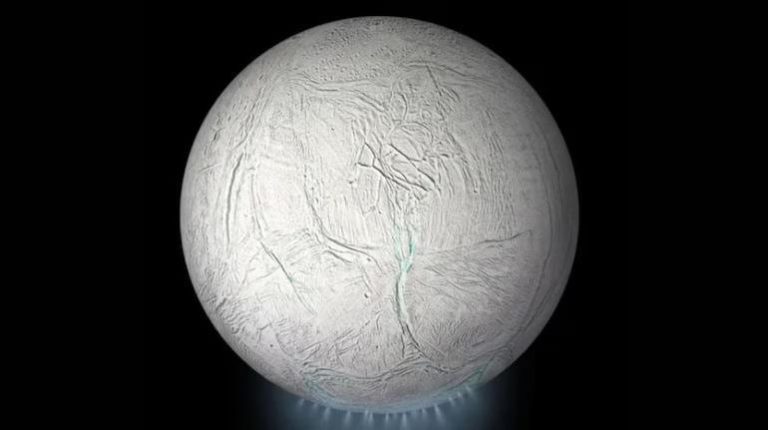
Magnetic data reveals Africa is slowly splitting into two landmass
The African continent, home to a diverse range of cultures, landscapes, and wildlife, is undergoing a significant transformation. Scientists at Keele University have uncovered new magnetic data from the Afar and Gulf of Aden region, which reveals that Africa has been slowly splitting apart for millions of years. This rift, driven by mantle plumes and crustal stretching, could eventually form a new ocean, dividing the continent into two separate landmasses.
The Afar Triangle, located in the Horn of Africa, is a region of high volcanic and tectonic activity. It is here that the African, Arabian, and Somali tectonic plates meet, creating a unique and dynamic geological environment. The scientists at Keele University have been studying the magnetic data from this region, which provides valuable insights into the Earth’s magnetic field and the movement of the tectonic plates.
The new magnetic data shows that the African continent is slowly splitting apart at a rate of about 1-2 cm per year. This may seem like a slow process, but over millions of years, it can lead to significant changes in the continent’s geography. The rift is driven by mantle plumes, which are upwellings of hot, buoyant rock that rise from the Earth’s core-mantle boundary to the surface. These plumes can cause the Earth’s crust to stretch and thin, leading to the formation of rifts and eventually, new oceans.
The process of continental rifting is complex and involves the interaction of multiple geological processes. The mantle plumes provide the driving force behind the rifting, but the crustal stretching and thinning are also influenced by the movement of the tectonic plates. As the plates move apart, the crust is stretched and thinned, leading to the formation of faults, fissures, and volcanic activity.
The formation of a new ocean in the Afar region is a possibility, although it will take millions of years to occur. The process of ocean formation is a slow and gradual one, involving the continued rifting and thinning of the crust, followed by the influx of seawater into the newly formed rift. The Red Sea, which separates Africa from the Arabian Peninsula, is an example of a young ocean that has formed as a result of continental rifting.
The implications of a new ocean forming in the Afar region are significant. It could lead to changes in the regional climate, as well as the formation of new coastlines and marine ecosystems. The new ocean could also provide a conduit for the exchange of marine life between the Red Sea and the Indian Ocean, potentially leading to the introduction of new species to the region.
The study of the magnetic data from the Afar region has also provided valuable insights into the Earth’s magnetic field and its role in the planet’s geological processes. The Earth’s magnetic field is generated by the movement of molten iron in the Earth’s core, and it plays a crucial role in protecting the planet from the harmful effects of solar and cosmic radiation.
The research conducted by the scientists at Keele University has significant implications for our understanding of the Earth’s geological processes and the formation of new oceans. It highlights the dynamic and constantly changing nature of the Earth’s surface and the importance of continued research and monitoring of the planet’s geological activity.
In conclusion, the new magnetic data from the Afar and Gulf of Aden region reveals that Africa is slowly splitting apart, driven by mantle plumes and crustal stretching. This process could eventually lead to the formation of a new ocean, dividing the continent into two separate landmasses. The implications of this process are significant, and it highlights the importance of continued research and monitoring of the Earth’s geological activity.
Over the next few million years, Africa may divide into two separate landmasses as the rift continues to widen. This process will be slow and gradual, but it will have significant implications for the continent’s geography, climate, and ecosystems. As scientists, we must continue to study and monitor the Earth’s geological activity, in order to better understand the complex and dynamic processes that shape our planet.





